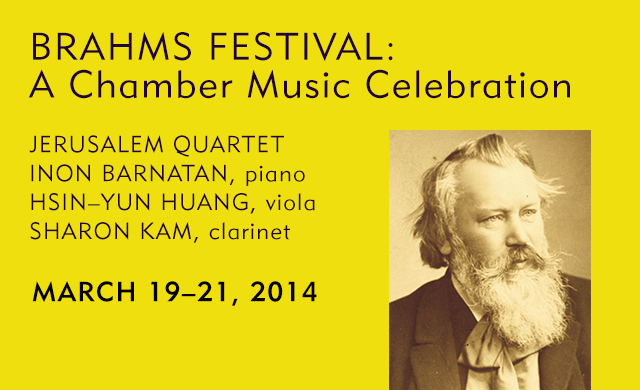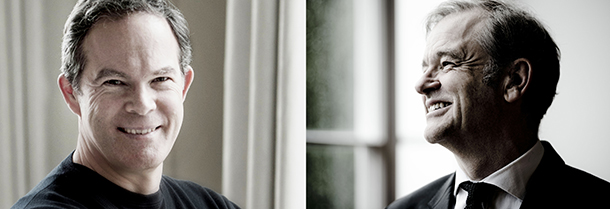Tag: piano
-
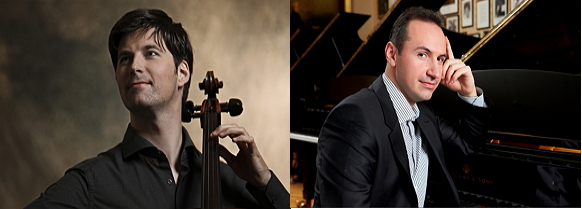
PROGRAM NOTES: DANIEL MÜLLER-SCHOTT & SIMON TRPČESKI
Ludwig van Beethoven Sonata for cello & piano in C major, Op. 102, No. 1 Those who think of sonata form as a well-organized dinner plate – with the red meat in one corner, the mashed potatoes stationed opposite, and peas or broccoli distributed neatly over the remaining space – might be forgiven for thinking…
-
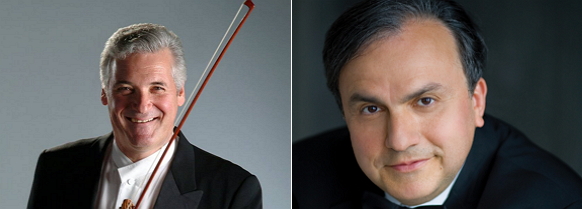
PROGRAM NOTES: PINCHAS ZUKERMAN & YEFIM BRONFMAN
Franz Schubert Sonatina for violin & piano in A minor D. 385 It humbles me to think, paraphrasing Tom Lehrer, that when Schubert was my age, he had already been dead for several decades. Lest I forget, there are his first three sonatas for violin and piano, which he composed in a sprint of creative…
-
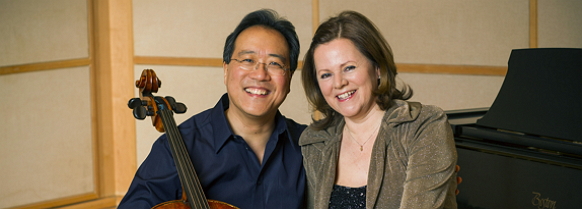
PROGRAM NOTES: YO-YO MA & KATHRYN STOTT
Igor Stravinsky Suite Italienne At the end of the Great War Igor Stravinsky underwent a radical shift in his compositional techniques and aesthetic aims. Gone were the gargantuan orchestras that had performed the lush, colorful scores of his pre-War ballets Firebird and Petrushka. Gone, as well, the dense chord structures and revolutionary rhythmic tumult that…
-
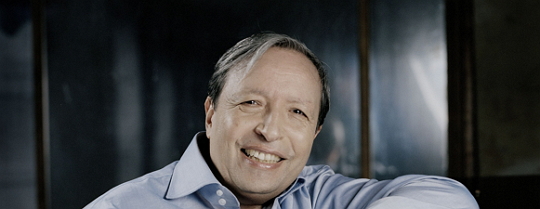
PROGRAM NOTES: MURRAY PERAHIA
Johann Sebastian Bach: French Suite No. 4 in E flat major, BWV 815 Bach composed suites for keyboard, for various solo chamber instruments, and for full orchestra, each comprising a varied and aesthetically balanced collection of dance movements written in the fashionable style of his day. The harmonic task given to each two-section dance is…
-
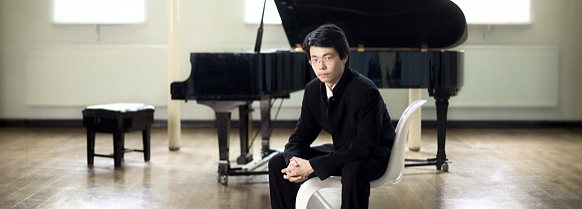
PROGRAM NOTES: KUOK-WAI LIO
Leoš Janáček: In the Mists Janáček’s four-movement piano cycle from 1912 presents us with intimate, personal and emotionally immediate music that stands stylistically on the border between eastern and western Europe. Its sound world is that of the fiddles and cimbalom (hammered dulcimer) of Moravian folk music. Equally folk-like is its use of small melodic…
-
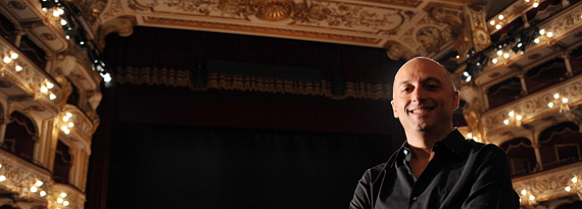
PROGRAM NOTES: BENEDETTO LUPO
Johannes Brahms: Three Intermezzi, Op. 117 The three Intermezzi Op.117 are, together with the piano pieces of Op. 116, 118 and 119, collectively the last Brahms wrote for solo piano, and are among his very last compositions. Only three more opus numbers followed, and they involved the keyboard as well. In a way, it was…
-
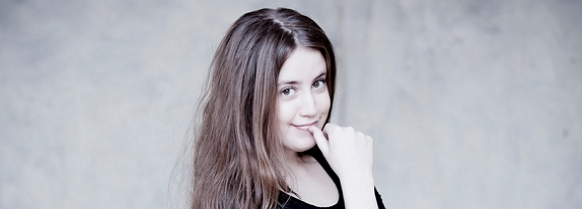
PROGRAM NOTES: VILDE FRANG
Felix Mendelssohn: Violin Sonata in F major Mendelssohn’s E minor Violin Concerto is such an established pillar of the standard repertory that it comes as a surprise to learn that this composer also wrote three sonatas for the instrument, although these are as obscure as the concerto is popular. The first, in F major,…


